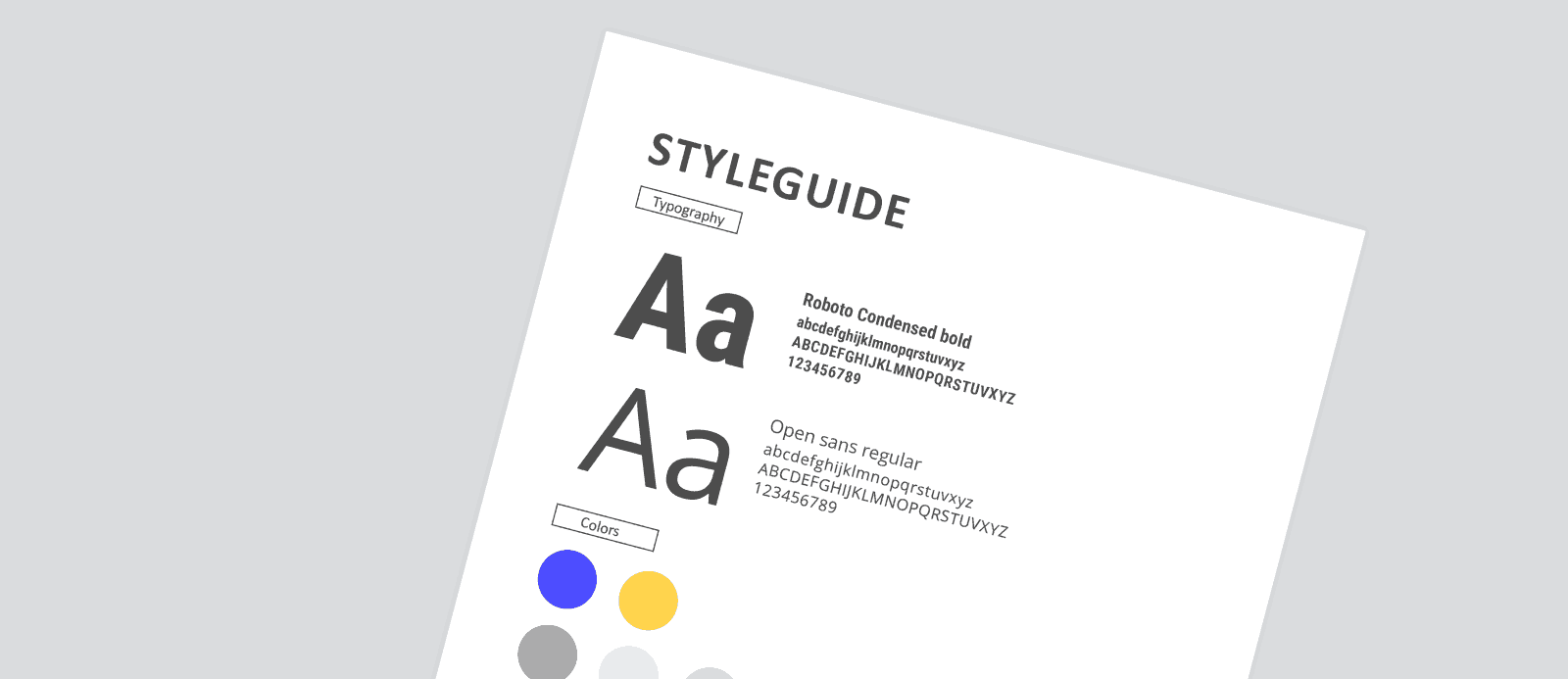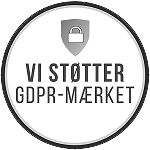Writing for Translation: How a Multilingual Style Guide Protects Your Brand Voice

You’ve nailed your brand voice in English. But the moment that content is translated into German, Spanish, Japanese or Arabic, things begin to fall apart: tone disappears, phrasing feels awkward.
This is a common problem for global brands. Writing strong content is one thing, but writing content that survives translation and still sounds like your brand is something else entirely. That is where a multilingual style guide comes in.
A multilingual style guide is not just a tone-of-voice document or a list of approved terms – it is a framework that supports global consistency, gives direction on how to write with translation in mind, and helps language partners adapt your brand voice across cultures.
In this article, we explore:
- what a multilingual style guide really is
- how it differs from other types of guides
- what it should include
- and how to create one that sets your brand up for clarity and cohesion in every market.
What a multilingual style guide really is, and what it’s not
Let’s start by clearing up a common misconception. A multilingual style guide is not a bundle of individual language guides grouped together. It is not an English-only tone-of-voice document either. And it does not aim to replace language-specific style guides.
Instead, it is a strategic foundation for global content. A multilingual style guide helps your teams write source content that is easy to translate. It also gives translators and localisation teams the context they need to adapt your messaging without drifting away from your brand identity.
This type of guide acts as a bridge between brand content and localisation. It outlines what should stay consistent across languages, what can be adapted, and how to write in ways that minimise confusion and rework during translation.
When used properly, it improves quality, reduces time spent on clarification and corrections, and makes it easier for global teams to speak with one voice. If your organisation is scaling content across languages and markets, a multilingual style guide helps you do it without losing your voice.
(P.S.: For a broader look at how brands succeed at scale, read what the world’s language records teach us about localisation.)
How a multilingual style guide differs from other guides
To understand where a multilingual style guide fits, it helps to see how it relates to other content standards.
guide type | purpose | used by |
English style guide | Defines tone, grammar, spelling, and formatting in the source language | Content creators |
Language-specific style guide | Covers rules for a particular language or market, such as punctuation, formality, or regional variants | Translators and in-market writers |
Multilingual style guide | Offers cross-language guidance, writing-for-translation best practices, and global brand consistency rules | Marketing, localisation, and translation teams |
While the English and local guides handle language-level detail, the multilingual style guide ties everything together. It provides direction on how to prepare content for localisation, sets formatting standards that apply globally, and clarifies which parts of your messaging should remain consistent across all markets.
What to include in a multilingual style guide
A multilingual style guide should cover the global content elements that affect every language team. Here are the essentials.
How to write for translation
Writing with translation in mind helps reduce ambiguity and speeds up localisation. This includes techniques that also improve machine translation output, such as keeping sentence structure clean and using consistent terminology.
Your guide should explain:
- Why plain language and short sentences are easier to work with
- How to avoid idioms, slang, or culture-specific references
- When to use active rather than passive voice
- Why embedded formatting (such as bold or italics mid-sentence) creates problems
- How to structure content for clarity, such as avoiding multiple ideas in a single sentence
Writing clearly benefits all readers and improves translation quality. The European Commission’s clear writing guidelines are a useful reference.
For further guidance on writing in a way that supports international audiences, the W3C provides internationalisation best practices that are widely used across global content teams.
Tone and adaptability
Explain how your brand voice should come through in different markets. Provide examples of core messages that must stay consistent, as well as areas where tone or content can be adapted. Make it clear where local flexibility is encouraged, and where it is not. A consistent brand voice builds trust with local audiences, especially when messaging aligns with cultural expectations. This is especially true in consumer-facing sectors like e-commerce.
Global formatting rules
These are the rules that affect layout, readability, and clarity across languages. Include:
- Date, time, and number formats
- Capitalisation and punctuation
- Currency symbols and units of measurement
- Rules for trademarks, product names, and slogans
Handling non-translatable content
Your guide should explain how to treat brand names, legal disclaimers, system strings, or other elements that should not be translated. This helps prevent errors and ensures consistent handling of sensitive or brand-critical language.
Content scope and localisation depth
Set expectations for what gets translated, what gets lightly adapted, and what remains in the original language. For example, marketing campaigns may need full localisation, while internal dashboards or product specs may follow a lighter process.
How a multilingual style guide connects with language-specific guides
A multilingual style guide does not replace language-specific style guides. It complements them.
Think of it as the top layer in a system of guidance. It provides the global principles that should inform all localisation work, while local guides take those principles and tailor them to fit the linguistic and cultural norms of each market.
For example, your multilingual guide might define your tone as “approachable but authoritative” and recommend using inclusive language. The Spanish style guide then expands on what this means in practice, such as whether to use gender-neutral terms, which verb forms to prefer, and how to address different audiences depending on region.
The multilingual guide sets the stage. It gives translators and local writers a consistent starting point and ensures they understand the brand’s intent. From there, language-specific guides handle the details.
This layered approach prevents contradiction, saves time, and helps your brand maintain a consistent voice in every market. It allows your content to reflect local nuance without losing its connection to the brand as a whole.
How to build a multilingual style guide
Creating a multilingual style guide is not about producing a flawless document on the first attempt. It is about building a practical, flexible tool that supports both content creation and localisation. The goal is clarity, not perfection. Here is how to approach it.
1. Audit your current content and localisation workflows
Review your existing source content and translation output. Are the same types of errors or inconsistencies showing up across languages? Are translators requesting clarification on tone or terminology? These are signs that a guide is needed.
2. Gather the right people
Bring together input from content strategists, localisation managers, in-country reviewers, and external translation partners. You want both brand alignment and practical, market-level insight.
3. Define your global standards
Start with what should remain consistent across all languages. This might include tone of voice, preferred terms, formatting rules, and the treatment of non-translatable elements like product names or legal language.
4. Support content creators
Include guidance on how to write clearly and with translation in mind. For example, encourage short sentences, plain language, and a consistent structure. Recommend avoiding idioms, jargon, and culture-specific references that may not translate well.
5. Embed the guide in your workflow
Make the guide easy to find and easy to use. Store it somewhere accessible to both writers and translation teams. If you use a translation management system or brief translators regularly, link to the guide or incorporate it into your onboarding materials.
6. Keep it active
Once the guide is in place, introduce it to your teams and encourage its use through training or onboarding. Revisit it at regular intervals to reflect new brand developments, tone shifts, or changes in localisation needs. A good style guide should evolve with your business.
Pitfalls to avoid when crafting a multilingual style guide
A multilingual style guide is only effective if it is well designed and well used. Here are common mistakes to watch out for:
Assuming English rules apply everywhere. Tone, punctuation, and formatting conventions vary widely across languages. Avoid copying your English style guide into other markets without adaptation.
Overloading the guide with language-specific rules. Leave those details for the individual language guides. The multilingual guide should stay focused on cross-language consistency and writing guidance for source content.
Neglecting rollout and training. A guide no one reads is not a guide at all. Make sure your teams know it exists, understand how to use it, and refer to it often.
Letting the guide go stale. Brand voice evolves. So does language. Review and update the guide regularly so it continues to serve its purpose and reflect your current standards.
Your voice, without borders
A multilingual style guide is not just another brand document. It is the foundation that allows your content to scale globally without losing its voice. It gives your teams the tools to write with translation in mind, sets clear expectations for localisation partners, and keeps your messaging aligned across every language and market.
Creating one does not need to be complicated. Start small, focus on your most critical markets, and build from there. The key is to treat it as a living tool, not a static PDF. Involve your content and localisation teams early, make the guide easy to access, and commit to keeping it current.
Need help building your multilingual style guide?
At AdHoc Translations, we help global brands create style guides that actually work. Whether you are starting from scratch or looking to improve what you already have, we can support you with content audits, writing-for-translation guidance, and integration into your localisation workflows.
Get in touch to find out how we can help you build a style guide that supports consistent, scalable, high-quality content in every language you work in.







